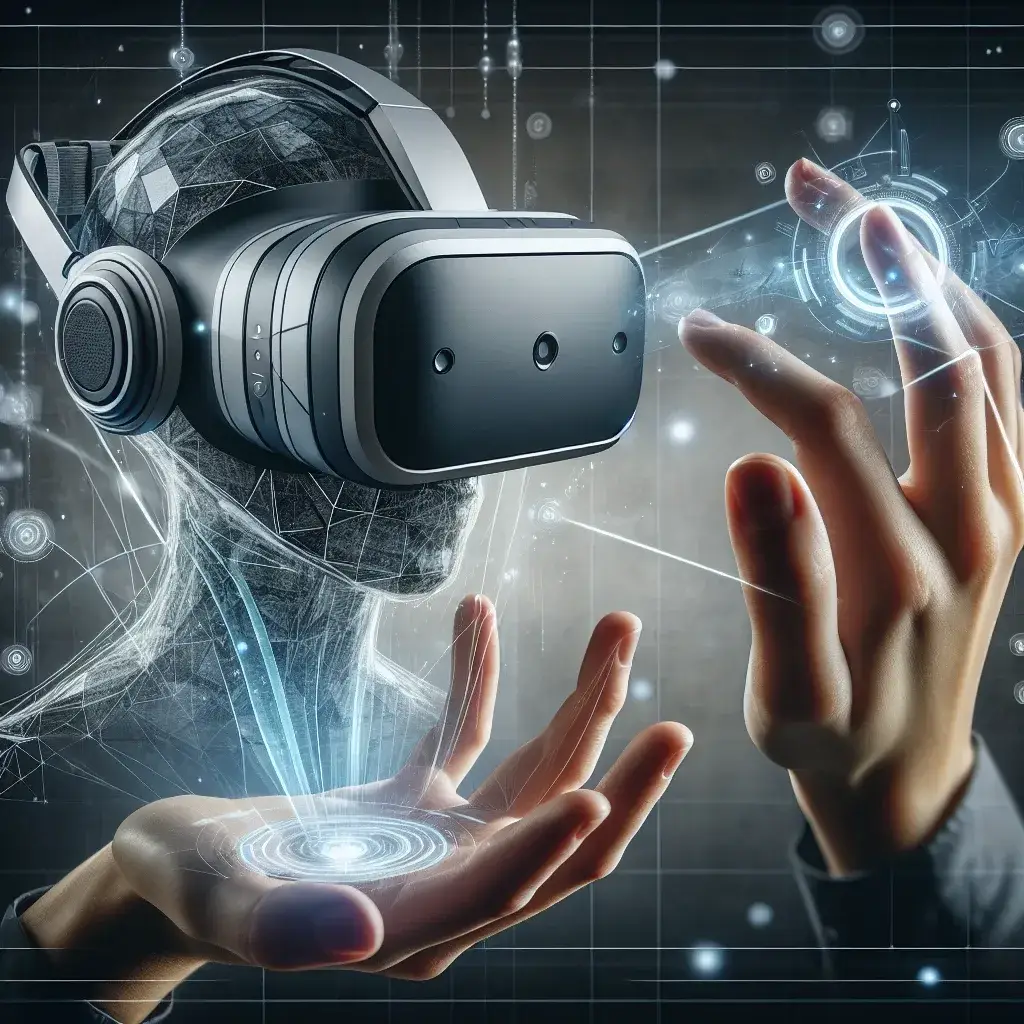Introduction to Meta’s Gesture-Based Controls
In the ever-evolving landscape of virtual reality (VR), Meta (formerly Facebook) continues to push the boundaries of user interaction and engagement. With the recent preview of gesture-based controls for Horizon VR, Meta is setting the stage for a more immersive experience in virtual environments. This article delves into the implications of these new controls, their historical context, and what the future may hold for users of Horizon VR.
The Evolution of VR Interaction
Virtual reality has come a long way since its inception. Early systems required cumbersome equipment and limited user interaction, primarily relying on handheld controllers. As technology advanced, the shift towards more intuitive interfaces became apparent. Gesture-based controls represent a significant leap in this evolution, allowing users to interact with their virtual surroundings in a more natural manner.
Historical Context of Gesture Recognition
The roots of gesture recognition technology can be traced back to the 1980s, with early attempts to interpret human gestures using sensors and cameras. Over the decades, advancements in machine learning and computer vision have paved the way for more sophisticated systems capable of recognizing complex gestures. Meta’s foray into this field marks a crucial juncture, as the company aims to integrate these technologies seamlessly into Horizon VR.
Understanding Horizon VR
Horizon VR is Meta’s ambitious social VR platform designed to facilitate virtual interactions among users. Launched as part of Meta’s vision for the metaverse, Horizon VR allows users to create avatars, explore immersive worlds, and interact with others in real-time. The introduction of gesture-based controls is poised to transform this experience significantly.
What Are Gesture-Based Controls?
Gesture-based controls enable users to interact with virtual environments using their body movements instead of traditional input devices. In Horizon VR, users can perform various actions—such as grabbing, pointing, and swiping—simply by moving their hands. This intuitive approach aligns with the natural human tendency to use gestures for communication, making VR interactions more relatable and engaging.
The Technology Behind Gesture Recognition
Meta’s gesture-based controls leverage advanced technologies, including computer vision and machine learning algorithms, to accurately recognize and interpret users’ movements. By employing a combination of cameras and depth sensors, the system can track hand movements in real time, allowing for fluid interactions with virtual objects.
Benefits of Gesture-Based Controls in Horizon VR
The integration of gesture-based controls in Horizon VR presents multiple benefits:
- Enhanced User Experience: By allowing natural interactions, users feel more immersed in the virtual environment.
- Accessibility: Gesture controls can make VR more accessible to individuals who may have difficulty using traditional controllers.
- Social Interaction: These controls facilitate more expressive communication, enabling users to convey emotions and intentions through gestures.
- Increased Engagement: Intuitive controls help maintain user interest and engagement within the virtual platform.
Challenges Ahead
While the benefits are significant, the implementation of gesture-based controls also comes with challenges. Accurate gesture recognition requires high precision and low latency to prevent user frustration. Additionally, there is a learning curve associated with adapting to new interaction methods, which could pose initial barriers for some users.
Future Predictions for Gesture-Based VR
Looking ahead, the future of gesture-based controls in VR appears promising. As Meta continues to refine its technology, we can expect:
- Improved Accuracy: Advances in AI and sensor technology will likely lead to more responsive and precise gesture recognition.
- Broader Applications: Beyond gaming and social interactions, gesture controls could be utilized in education, training simulations, and virtual commerce.
- Interoperability: As the VR ecosystem expands, cross-platform compatibility may enhance user experiences across different virtual environments.
Real-World Examples and Cultural Relevance
Several industries are already exploring the potential of gesture-based controls. For instance, training programs for medical professionals are increasingly incorporating VR simulations with gesture interaction, allowing trainees to practice complex procedures in a safe environment. Similarly, artists and designers are using VR to create and manipulate 3D models through gestures, fostering creativity and collaboration.
Expert Opinions
Industry experts weigh in on the impact of gesture-based controls. According to Dr. Emily Thompson, a leading researcher in VR technology, “The integration of gesture recognition is not just a trend; it represents a fundamental shift in how we interact with digital content. The more natural the interactions, the more we can blur the lines between the physical and virtual worlds.”
Conclusion
Meta’s preview of gesture-based controls for Horizon VR signifies a transformative moment in the realm of virtual reality. By enabling users to interact with virtual spaces through natural motion, Meta is paving the way for a more immersive, engaging, and accessible VR experience. As this technology continues to evolve, we can anticipate a future where virtual reality becomes an integral part of daily life, enhancing how we connect, create, and collaborate.

